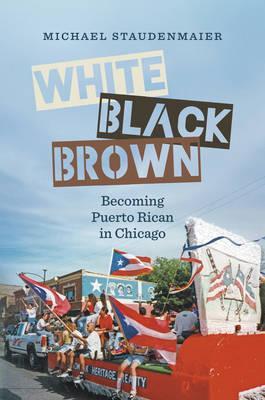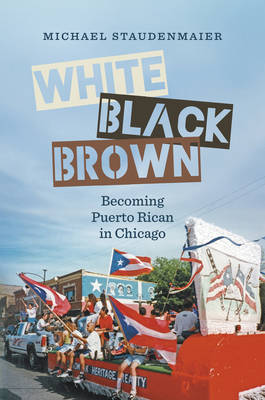
- Afhalen na 1 uur in een winkel met voorraad
- Gratis thuislevering in België vanaf € 30
- Ruim aanbod met 7 miljoen producten
- Afhalen na 1 uur in een winkel met voorraad
- Gratis thuislevering in België vanaf € 30
- Ruim aanbod met 7 miljoen producten
Omschrijving
Facing persistent exploitation, discrimination, and marginalization in the second half of the twentieth century, generations of Puerto Rican organizers and activists drew on multiple competing versions of nationalism to challenge the racial order in Chicago, one of America's most segregated cities. Initially, both supporters and opponents of Puerto Rican independence promoted the assimilation of fellow migrants as white citizens. The three-night-long Division Street Riots marked a fundamental pivot point in 1966, ending the pursuit of whiteness and opening the door to waves of nationalist militancy during the 1970s. By the 1980s and 1990s, Puerto Rican nationalists in Chicago had entered electoral politics, building a broader notion of Latinidad even as they softened its radical edges.
Drawing on an extraordinary array of archival material, much of it previously inaccessible, Michael Staudenmaier highlights cultural and political projects profoundly informed by nationalist sentiments, from beauty pageants and parades to protests and bombings to elections and legal battles. Revealing how nationalism became a key site of racial formation for Puerto Ricans in Chicago, White, Black, Brown shows how they understood themselves and demanded to be seen by their neighbors and the world.
Specificaties
Betrokkenen
- Auteur(s):
- Uitgeverij:
Inhoud
- Aantal bladzijden:
- 240
- Taal:
- Engels
- Reeks:
Eigenschappen
- Productcode (EAN):
- 9781469689258
- Verschijningsdatum:
- 28/04/2026
- Uitvoering:
- Hardcover
- Formaat:
- Genaaid
- Afmetingen:
- 155 mm x 235 mm

Alleen bij Standaard Boekhandel
Beoordelingen
We publiceren alleen reviews die voldoen aan de voorwaarden voor reviews. Bekijk onze voorwaarden voor reviews.








